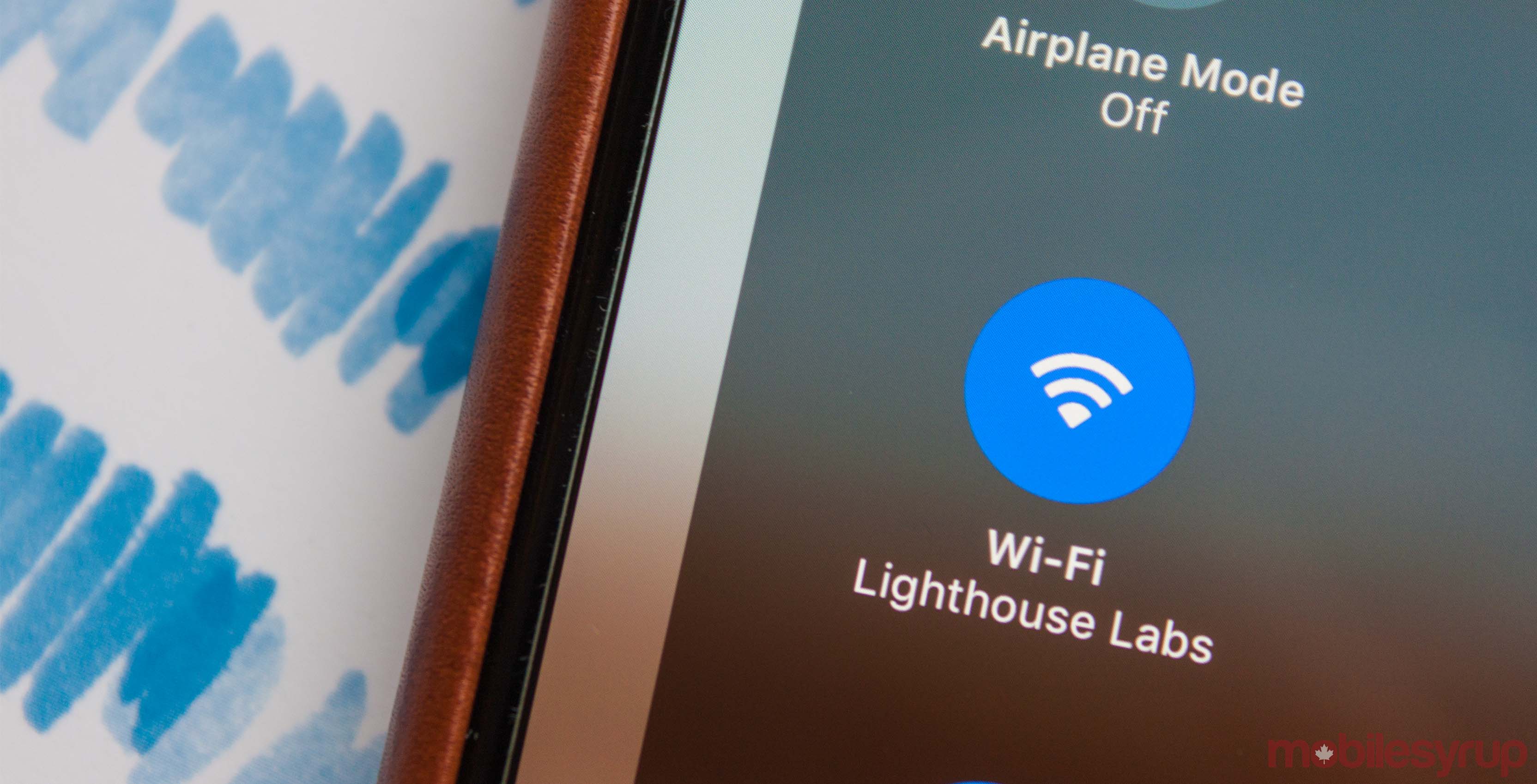
The Wi-Fi Alliance announced the official launch of its Wi-Fi Certified 6 certification program.
The program seeks to highlight Wi-Fi 6 products and networks that “meet the highest standards for security and interoperability,” according to a press release from the Wi-Fi Alliance.
Ultimately, the release of the certification program should lead to more Wi-Fi 6 compatible devices hitting the market and, hopefully, ones that are compatible with existing hardware.
Wi-Fi 6 represents the next step in Wi-Fi, also referred to as 802.11ax. Last year the Wi-Fi Alliance moved away from the ‘802.11’ naming convention to make things easier to understand.
It’s a good move — it’s easier to tell that Wi-Fi 6 is newer than Wi-Fi 5 with the new naming scheme. For most people the differance between 802.11ax and its predecessor, 802.11ac are less intuitive.
Aside from a new naming convention, Wi-Fi 6 promises higher wireless speeds, reduced latency, improved battery life and less network congestion. Specifically, Wi-Fi 6 boasts four times the capacity of Wi-Fi 5, which is great for places with a lot of devices — think coffee shops, airports and stadiums.
To take advantage of Wi-Fi 6, however, you’ll need some new gear. Routers are the most important part, but tech designed for Wi-Fi 6 is important too. In other words, you’ll eventually want a computer and a smartphone that are built with Wi-Fi 6 enabled hardware. Some new devices already have this — Apple’s newest iPhones are all built with Wi-Fi 6 hardware.
Wi-Fi 6 utilizes tech like orthogonal frequency division multiple access (OFDMA), which shares channels of spectrum to increase network efficiency and reduce latency. It also uses multi-user multiple input multiple output (MU-MIMO) to increase the number of connected devices and the amount of data that can be transfered to those devices. Target wake time (TWT) increases battery for connected devices, while transmit beamforming can increase data speeds at further ranges. Finally, 1024 quadruple amplitude modulation mode (1024-QAM) increases Wi-Fi device throughput, which means more data can be encoded in the same amount of spectrum.
While that may all sound like a bunch of nonsense, it means Wi-Fi 6 will bring higher speeds at further ranges, lower latency and the ability to have significantly more connected devices on your network.
Source: Wi-Fi Alliance Via: PC Mag
MobileSyrup may earn a commission from purchases made via our links, which helps fund the journalism we provide free on our website. These links do not influence our editorial content. Support us here.


